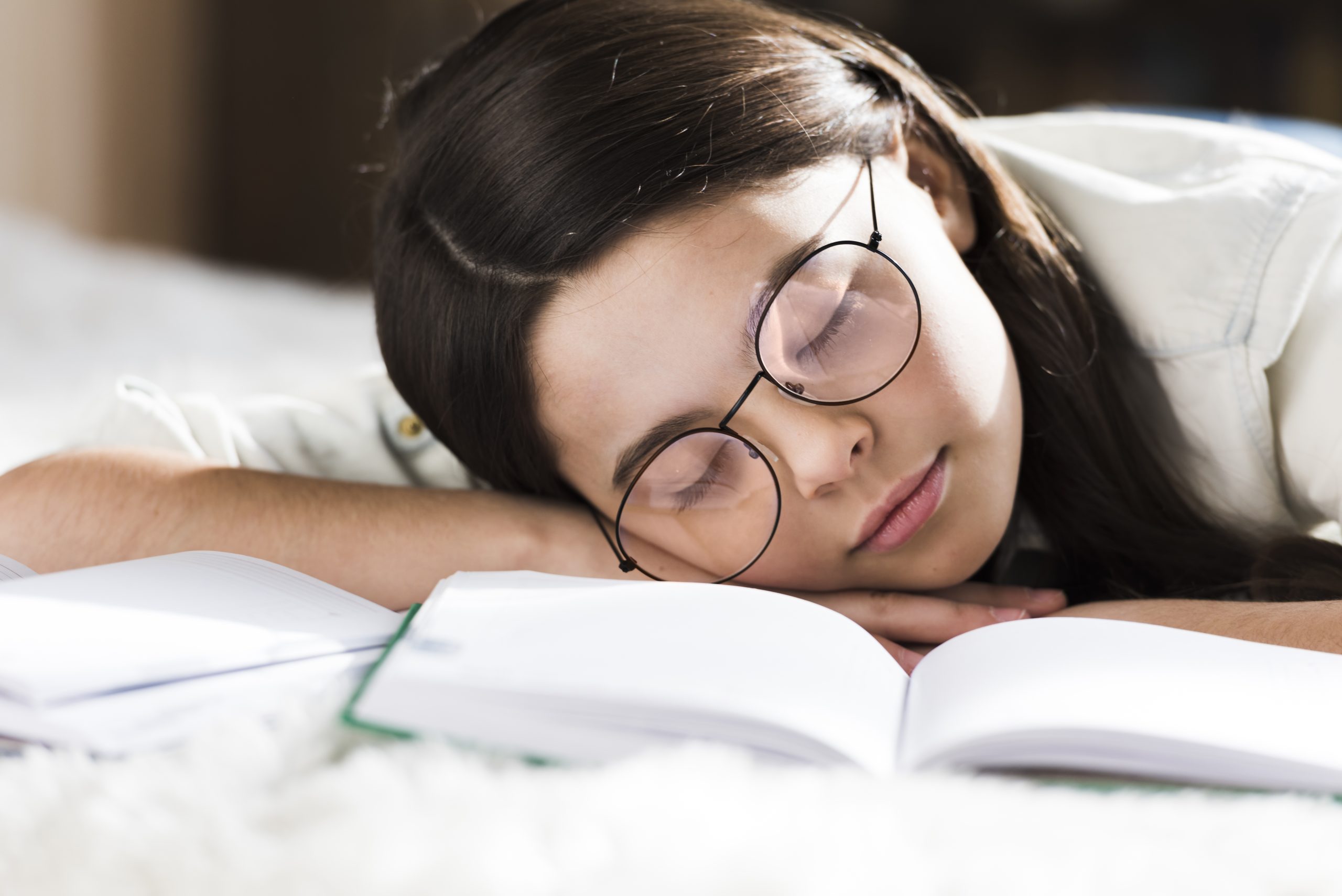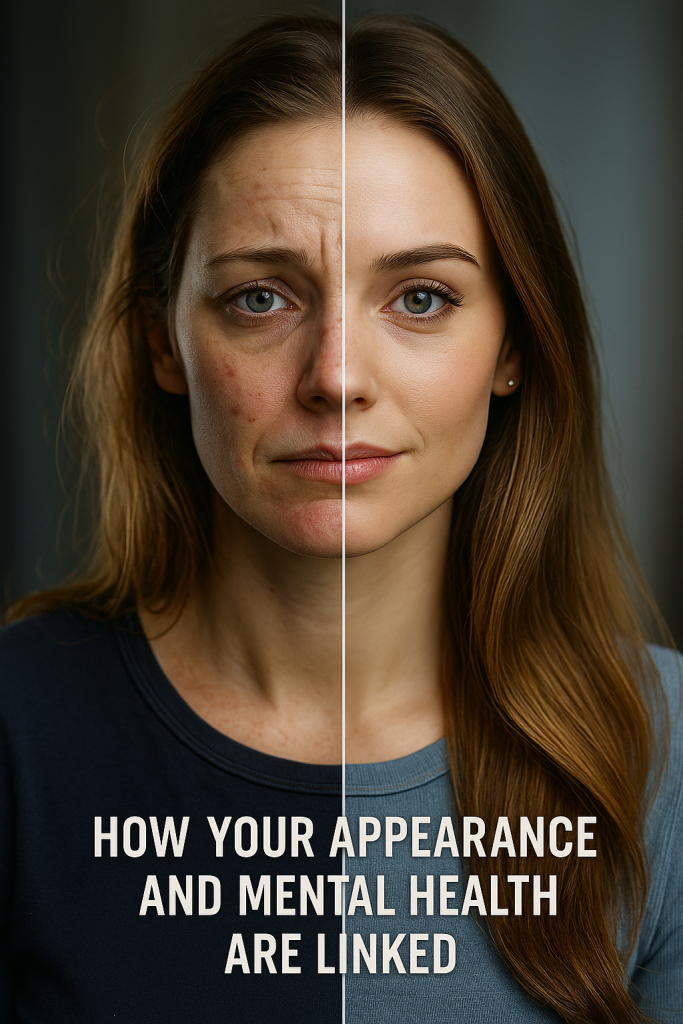Do you want to know what causes lazy eye, also known as amblyopia, and how you can treat it? In this article, we’ll explore the factors that contribute to this condition’s development and the available treatment options. Lazy eye is a form of poor vision that usually affects one eye, but it can impact both. It occurs when there is a breakdown in coordination between the brain and the affected eye. Early treatment is highly effective and can prevent long-term vision problems. Keep reading to learn more about lazy eye and its treatment.
Types and Causes of Amblyopia
Amblyopia is caused by various factors that result in reduced vision in one or both eyes. There are different types of amblyopia, including refractive amblyopia, strabismic amblyopia, deprivation amblyopia, anisometropic amblyopia, and stimulus deprivation amblyopia. Refractive amblyopia occurs when there are large differences in vision between both eyes, such as nearsightedness or farsightedness. Strabismic amblyopia is caused by a constant eye turn in one eye, leading to a lack of coordination between the eyes. Deprivation amblyopia occurs when there is reduced vision in one eye due to physical problems in the eye, such as cataracts or eye injuries. Anisometropic amblyopia is a result of a refractive error, leading to blurred vision in one eye. Lastly, stimulus deprivation amblyopia is caused by factors like eye diseases, cataracts, or eye injuries that weaken vision. These different types of amblyopia have distinct causes but all result in reduced vision in one or both eyes.
Treatment for Amblyopia
To treat lazy eye (amblyopia), various treatment options are available that aim to address underlying eye problems or stimulate the weaker eye to work. The following options can be considered:
- Patch therapy: This involves covering the stronger eye with a patch, which forces the brain to rely on the weaker eye. It helps to strengthen the visual connections in the brain and improve vision in the weaker eye.
- Vision exercises: These exercises are designed to improve the coordination and focusing abilities of the eyes. They can include activities like tracking objects, focusing on near and far distances, and eye movement exercises. Vision exercises help to improve the visual acuity and coordination of both eyes.
- Atropine drops: Atropine eye drops are used to temporarily blur the vision in the stronger eye. This encourages the use of the weaker eye and helps to improve its visual acuity.
In some cases, surgical options may be considered to correct underlying eye problems or muscle imbalances that contribute to amblyopia. Glasses and contact lenses may also be prescribed to correct refractive errors and improve visual acuity.
It is important to note that the effectiveness of treatment for amblyopia is highest when started at a younger age. Early intervention and regular follow-up with an eye care professional are crucial for optimal outcomes.
Exercises for Amblyopia
To help improve vision in amblyopia, there are various exercises that can be beneficial. Some recommended exercises include reading, solving puzzles, using barrel convergence cards, playing video games, and using dot cards. These activities help stimulate the weaker eye and promote better coordination between the brain and the affected eye. It is important to note that these exercises should be done under the guidance of a healthcare professional and may not be used as a first-line treatment for amblyopia.
Reading
Improve your vision and strengthen your weaker eye with reading exercises for amblyopia. These exercises can help enhance your visual abilities and promote better coordination between your eyes and brain. Here are some effective techniques to incorporate into your reading routine:
- Barrel convergence exercises: This involves focusing on a target placed at different distances while reading. It helps improve eye coordination and depth perception.
- Patching therapy: Covering your stronger eye with a patch while reading forces your weaker eye to work harder, stimulating its development and improving visual acuity.
- Vision therapy techniques: These exercises involve various activities that challenge your visual system, such as tracking moving objects, focusing on different distances, and performing eye-hand coordination tasks. They help train your eyes to work together more efficiently.
Puzzles
Try incorporating puzzles into your daily routine to enhance your visual abilities and strengthen your weaker eye, ultimately improving your overall vision and quality of life. Puzzles provide a great opportunity for visual stimulation and interactive activities that can aid in the treatment of amblyopia. Engaging in puzzles requires focusing on details, which can help improve reading comprehension and concentration skills. Moreover, puzzles can be a part of vision therapy, a treatment method that aims to improve visual function. Vision therapy includes various exercises and activities designed to enhance eye coordination and strengthen the weak eye. Puzzles, with their diverse shapes, colors, and patterns, can provide the necessary visual stimuli to challenge the weaker eye and promote its development. So, consider incorporating puzzles into your daily routine as a fun and effective way to support your vision therapy for amblyopia.
Barrel convergence cards
You can enhance your visual abilities and strengthen your weaker eye by incorporating barrel convergence cards into your daily routine as part of your vision therapy for amblyopia. Barrel convergence cards are a type of vision therapy exercise that can help improve binocular vision and promote the use of the weaker eye. Here is how barrel convergence cards can benefit you:
- Coloring therapy: Barrel convergence cards often incorporate colorful designs and patterns, which can stimulate the visual system and engage both eyes in the process of coloring.
- Vision therapy: These cards can be used as part of a comprehensive vision therapy program to improve eye coordination and visual processing skills.
- Patching alternatives: Barrel convergence cards provide an alternative to traditional patching methods, allowing you to work on strengthening your weaker eye without completely occluding your stronger eye.
Video games
Engage in video games to enhance your amblyopia treatment and strengthen your weaker eye. The impact of screen time on amblyopia has been a topic of discussion, but recent studies have shown that video games can actually be beneficial for amblyopia therapy. The role of virtual reality in amblyopia treatment has also been explored, with promising results. Interactive gaming provides advantages in amblyopia therapy by making the exercises more engaging and enjoyable for patients. The use of gamification in amblyopia rehabilitation has shown to improve patient motivation and adherence to treatment. Video game-based vision training has been proven to be effective in improving visual acuity and binocular vision in patients with amblyopia. So, incorporating video games into your amblyopia treatment can be a fun and effective way to strengthen your weaker eye.
Dot card
Incorporating dot cards into your amblyopia treatment can be an effective way to strengthen your weaker eye. Dot cards are visual exercises that can help improve your visual acuity and enhance the coordination between your brain and eye. Here are three types of dot card exercises that can be beneficial for amblyopia:
- Reading exercises: Dot cards with letters or words can help improve your reading skills and encourage your weaker eye to focus more effectively.
- Video games: Some digital dot card games are designed specifically for amblyopia treatment. These games provide interactive and engaging exercises to stimulate your weaker eye.
- Barrel convergence cards: These dot cards have concentric circles that gradually move towards each other. By focusing on the dots and trying to merge them into one, you can improve your eye convergence skills.
Dot card exercises, along with other visual activities like puzzles, can play a crucial role in the rehabilitation of amblyopia. Remember to consult with your eye care professional for guidance on incorporating dot cards into your treatment plan.
Symptoms and Diagnosis of Amblyopia
To identify amblyopia, a vision screening or eye examination is often necessary. Early detection is crucial in order to prevent long-term visual impairment. Symptoms of amblyopia include difficulty focusing properly with one eye, compensatory vision from the other eye leading to the affected eye suffering, and impaired vision in the affected eye resulting in unclear images. However, it is important to note that the brain and the stronger eye can compensate so well that the child may not even notice the problem. This is why amblyopia is often only diagnosed when a child undergoes a vision screening or eye examination.
Routine eye checks are important for the early detection and treatment of amblyopia and other childhood vision problems. Amblyopia awareness is crucial in ensuring that children receive appropriate screenings and treatment. By identifying amblyopia early on, healthcare professionals can intervene and provide the necessary treatments to improve the child’s vision. It is recommended that all children have a complete eye exam between the ages of 3 and 5 to check for any vision problems, including amblyopia. By promoting amblyopia awareness and ensuring regular eye examinations, we can help safeguard the vision of children and prevent complications associated with amblyopia.
Complications and Outlook of Amblyopia
Untreated amblyopia can lead to permanent vision loss in the affected eye. It is important to address this condition early to prevent long-term effects and impact on daily life. Here are some key points to consider regarding the complications and outlook of amblyopia:
- Long-term effects: If left untreated, amblyopia can result in lifelong vision problems. The brain relies more on the stronger eye, causing worsening vision in the weaker eye. This can lead to poor depth perception and difficulty with tasks that require clear vision.
- Vision therapy: Vision therapy, which includes exercises and activities to strengthen the weaker eye, can be an effective treatment option for amblyopia. It aims to improve coordination between the brain and the affected eye, ultimately improving vision.
- Surgical options: In some cases, surgery may be necessary to correct underlying eye problems that contribute to amblyopia. This can include procedures to correct muscle imbalance or cataract removal.
Early intervention is crucial in the treatment of amblyopia to prevent complications and optimize outcomes. Routine eye examinations are important for early detection and treatment. Various treatment options, including glasses, eye patches, vision exercises, and surgery, are available to address lazy eye. By addressing amblyopia early on, the prognosis for children with this condition can be improved, reducing the risk of permanent vision loss.




